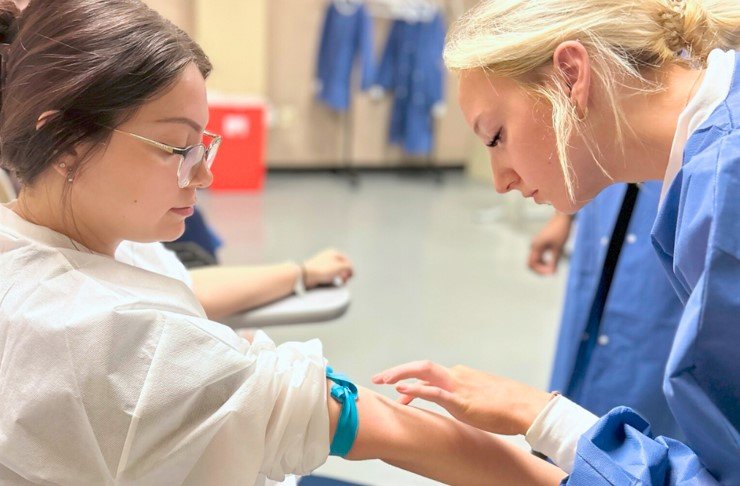Challenges and Solutions in Implementing AI Technology for Pathology Equipment and Supply Management
Summary
- Hospitals in the United States are facing challenges in implementing AI technology for pathology equipment and supply management.
- Issues such as data integration, software compatibility, and staff training are hindering the adoption of AI solutions in hospitals.
- Collaboration between hospitals, vendors, and regulators is crucial for overcoming these challenges and successfully implementing AI technology.
-
Data Integration:
One of the main challenges hospitals face in implementing AI technology for pathology equipment and supply management is the integration of data from multiple sources. Hospitals have vast amounts of data stored in various systems, such as Electronic Health Records (EHRs), inventory management software, and purchasing systems. Integrating this data and ensuring its accuracy and consistency is a complex process that requires time and resources.
-
Software Compatibility:
Another challenge hospitals face is the compatibility of AI software with their existing systems. Many hospitals use legacy software that may not be compatible with the latest AI solutions. Integrating AI technology with these systems can be difficult and may require customizations or upgrades, which can be costly and time-consuming.
-
Staff Training:
Implementing AI technology also requires hospitals to train their staff to use and interpret the data generated by these systems. Many healthcare professionals may not have the necessary skills or knowledge to effectively use AI technology, which can hinder its adoption and effectiveness. Hospitals need to invest in training programs to ensure that their staff are equipped to leverage the benefits of AI technology.
The Importance of AI Technology in Pathology Equipment and Supply Management
AI technology has the potential to revolutionize the way hospitals manage their equipment and supplies, particularly in the field of pathology. AI algorithms can analyze data, detect patterns, and make predictions that can help hospitals optimize their inventory, streamline operations, and improve patient care. However, despite the numerous benefits of AI technology, hospitals in the United States are facing several challenges in implementing these solutions.
Challenges Faced by Hospitals in Implementing AI Technology
Collaboration is Key to Overcoming Challenges
Despite these challenges, hospitals can overcome them by fostering collaboration between stakeholders, including hospitals, vendors, and regulators. By working together, these parties can address the issues of data integration, software compatibility, and staff training and develop strategies to successfully implement AI technology for pathology equipment and supply management. Through collaboration, hospitals can harness the potential of AI technology to improve operational efficiency, reduce costs, and enhance patient care.

Disclaimer: The content provided on this blog is for informational purposes only, reflecting the personal opinions and insights of the author(s) on the topics. The information provided should not be used for diagnosing or treating a health problem or disease, and those seeking personal medical advice should consult with a licensed physician. Always seek the advice of your doctor or other qualified health provider regarding a medical condition. Never disregard professional medical advice or delay in seeking it because of something you have read on this website. If you think you may have a medical emergency, call 911 or go to the nearest emergency room immediately. No physician-patient relationship is created by this web site or its use. No contributors to this web site make any representations, express or implied, with respect to the information provided herein or to its use. While we strive to share accurate and up-to-date information, we cannot guarantee the completeness, reliability, or accuracy of the content. The blog may also include links to external websites and resources for the convenience of our readers. Please note that linking to other sites does not imply endorsement of their content, practices, or services by us. Readers should use their discretion and judgment while exploring any external links and resources mentioned on this blog.
